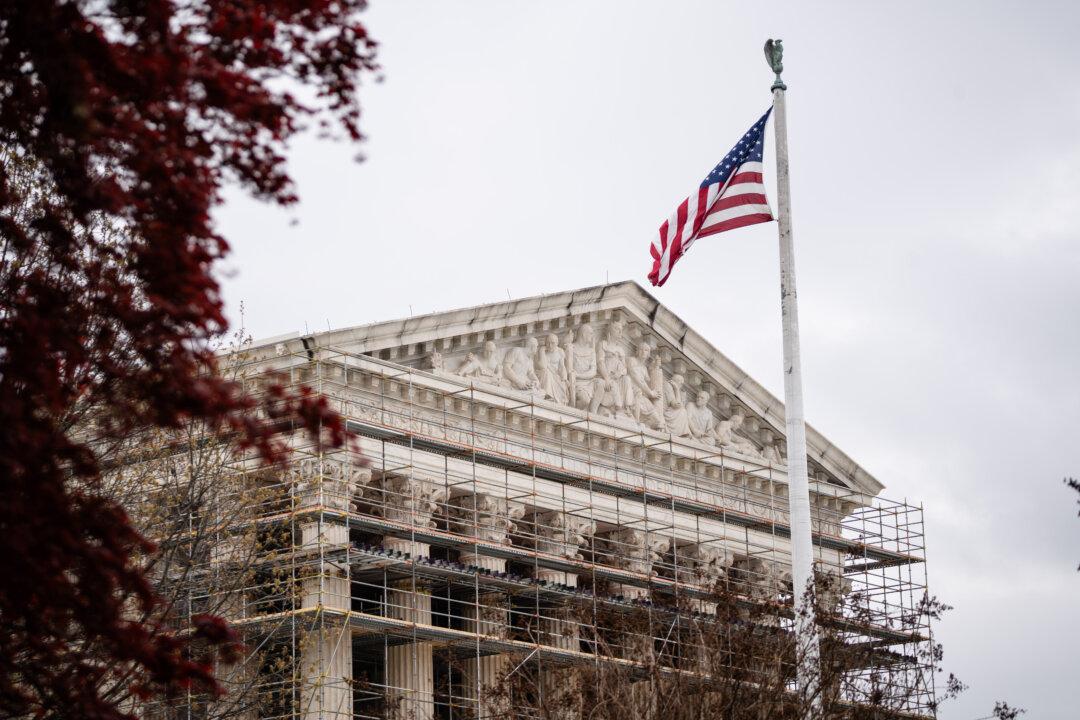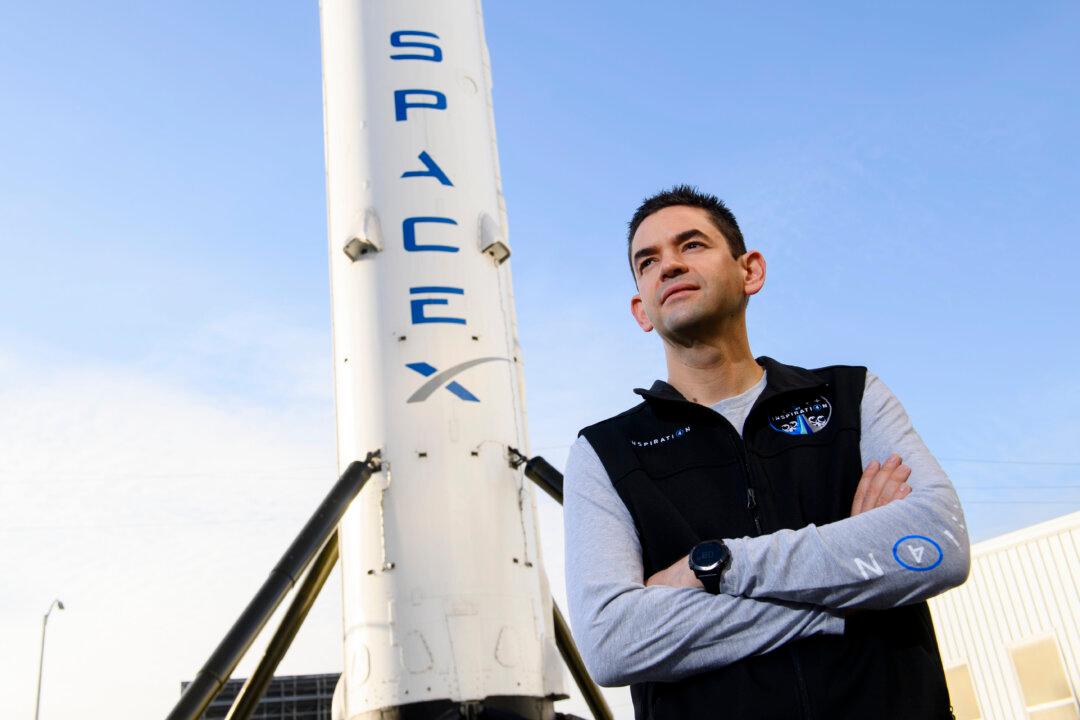Spotlights displayed a United Launch Alliance (ULA) Atlas V rocket ready to fly from Florida’s Space Coast on the night of April 9 as her launch window ticked away. The cold white vapors radiating from her main stage’s cryogenic fuel tank danced in the whipping winds that were to keep her grounded.
Originally scheduled to lift off Cape Canaveral Space Force Station’s Launch Complex 41 at 7 p.m., the launch time was pushed back several times due to unsatisfactory weather conditions regarding the intensity of winds and storm clouds downrange.
Unfortunately, those conditions did not improve by the end of ULA’s two-hour launch window, and the launch was officially scrubbed at 8:41 p.m.
It is unclear when the next launch attempt will be, as ULA officials concluded the launch broadcast saying they would work with their Space Force partners in Florida to coordinate a new date and time.
This was to be the first launch and deployment of Amazon’s Kuiper satellite network. Similar to Elon Musk’s Starlink satellite network deployed by SpaceX Falcon 9 rockets, Amazon’s project Kuiper is designed to deliver high-speed internet to virtually anywhere on the planet. Its first-generation system will utilize more than 3,200 satellites in low-earth orbit.
This first launch was set to deploy 27 of those satellites, marking the heaviest payload ULA’s Atlas V rocket has ever flown, requiring a maximum of five additional solid rocket boosters connected to the rocket for the necessary extra thrust.
“We’ve designed some of the most advanced communications satellites ever built, and every launch is an opportunity to add more capacity and coverage to our network,” Rajeev Badyal, vice president of Project Kuiper, said in an earlier press release.
“We’ve done extensive testing on the ground to prepare for this first mission, but there are some things you can only learn in flight, and this will be the first time we’ve flown our final satellite design and the first time we’ve deployed so many satellites at once. No matter how the mission unfolds, this is just the start of our journey, and we have all the pieces in place to learn and adapt as we prepare to launch again and again over the coming years.”
Amazon has secured more than 80 launches for the full deployment of that constellation, and it has already begun shipping and processing satellites to the launch site for its second mission, which will also be aboard a ULA Atlas V rocket from Cape Canaveral Space Force Station.







